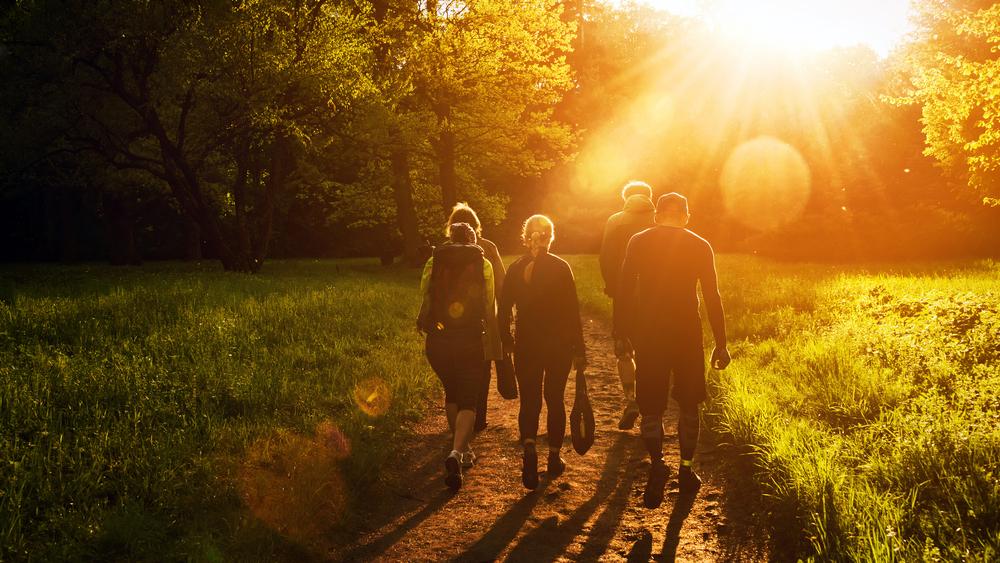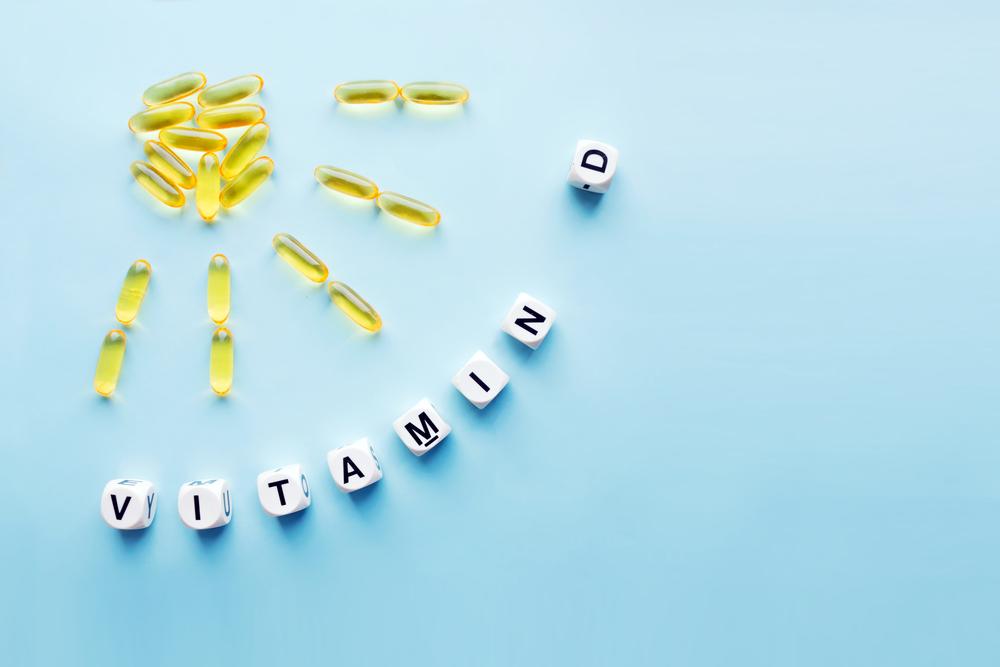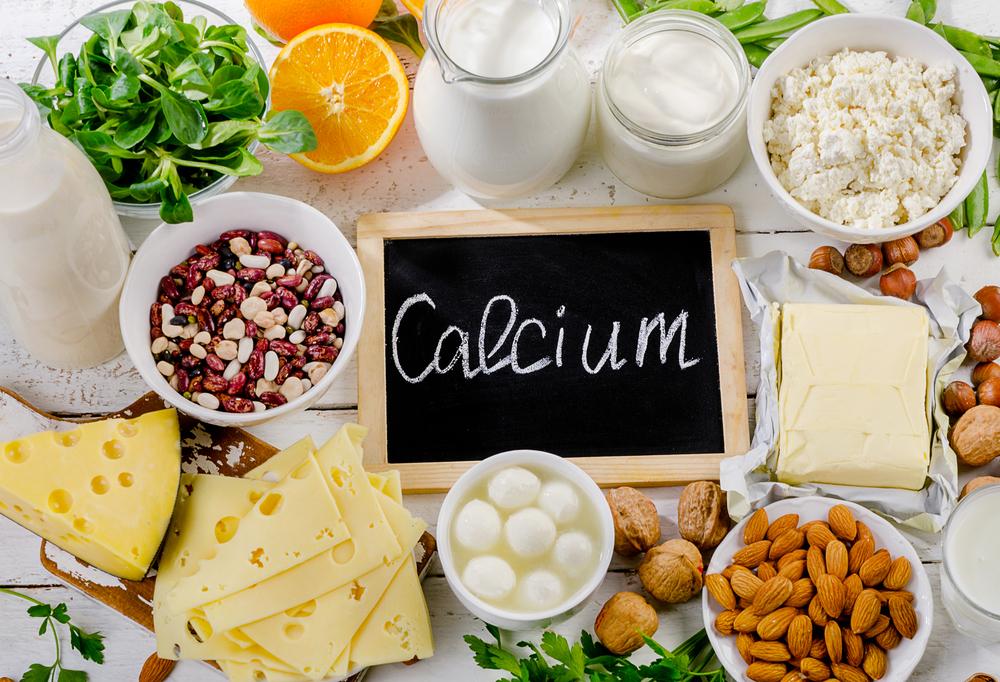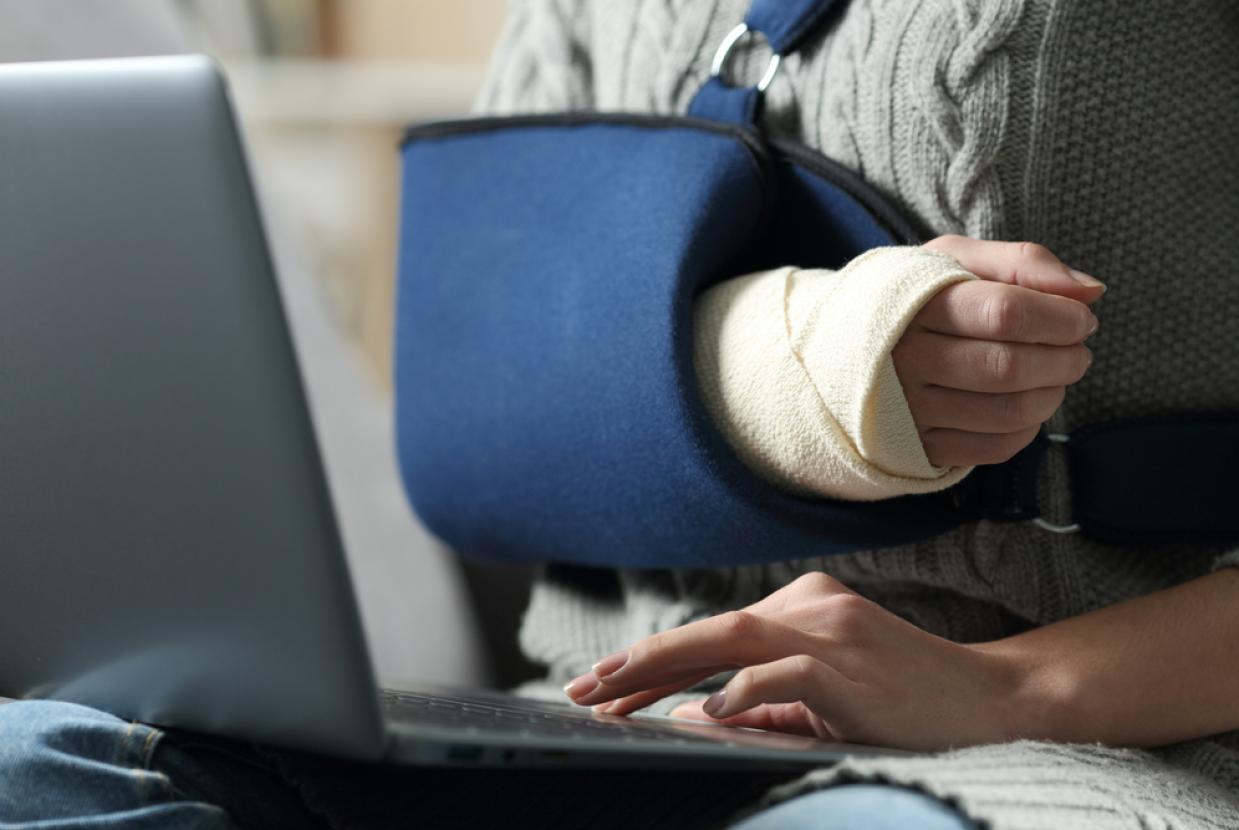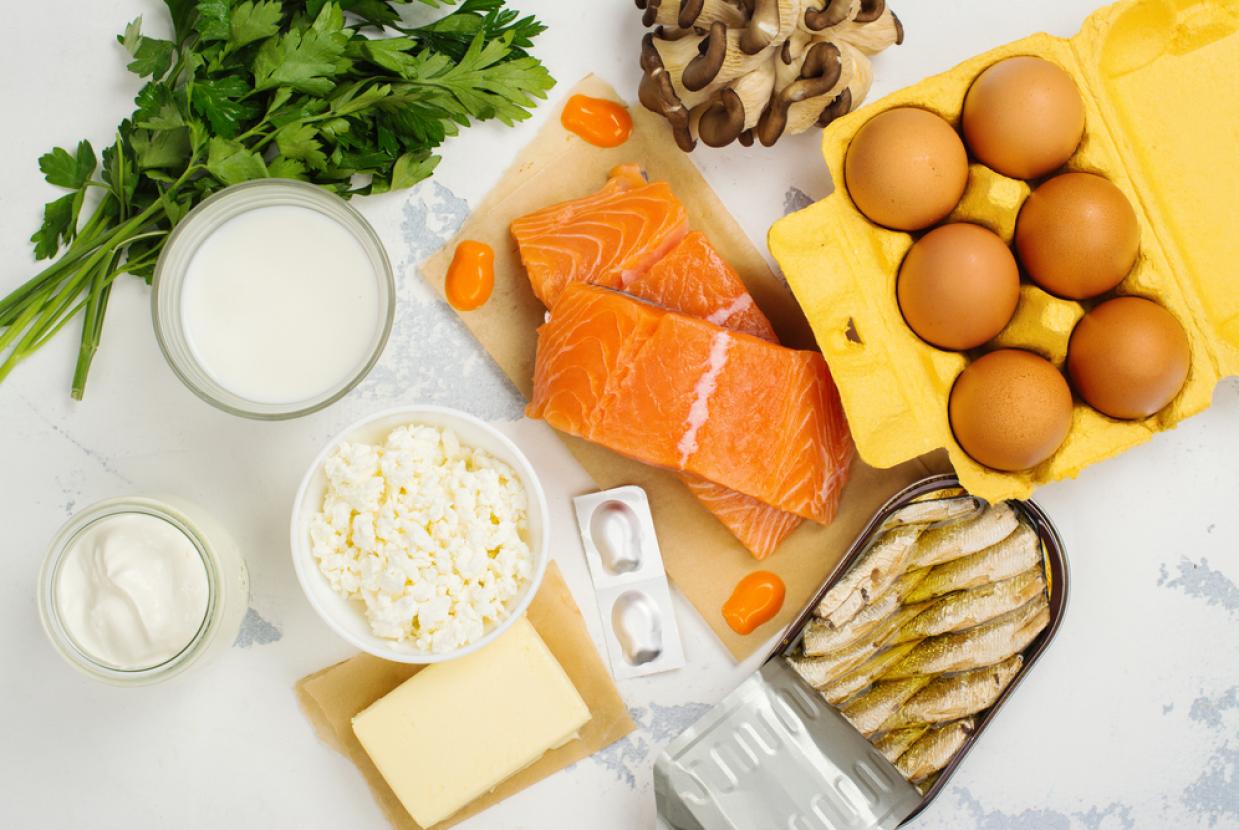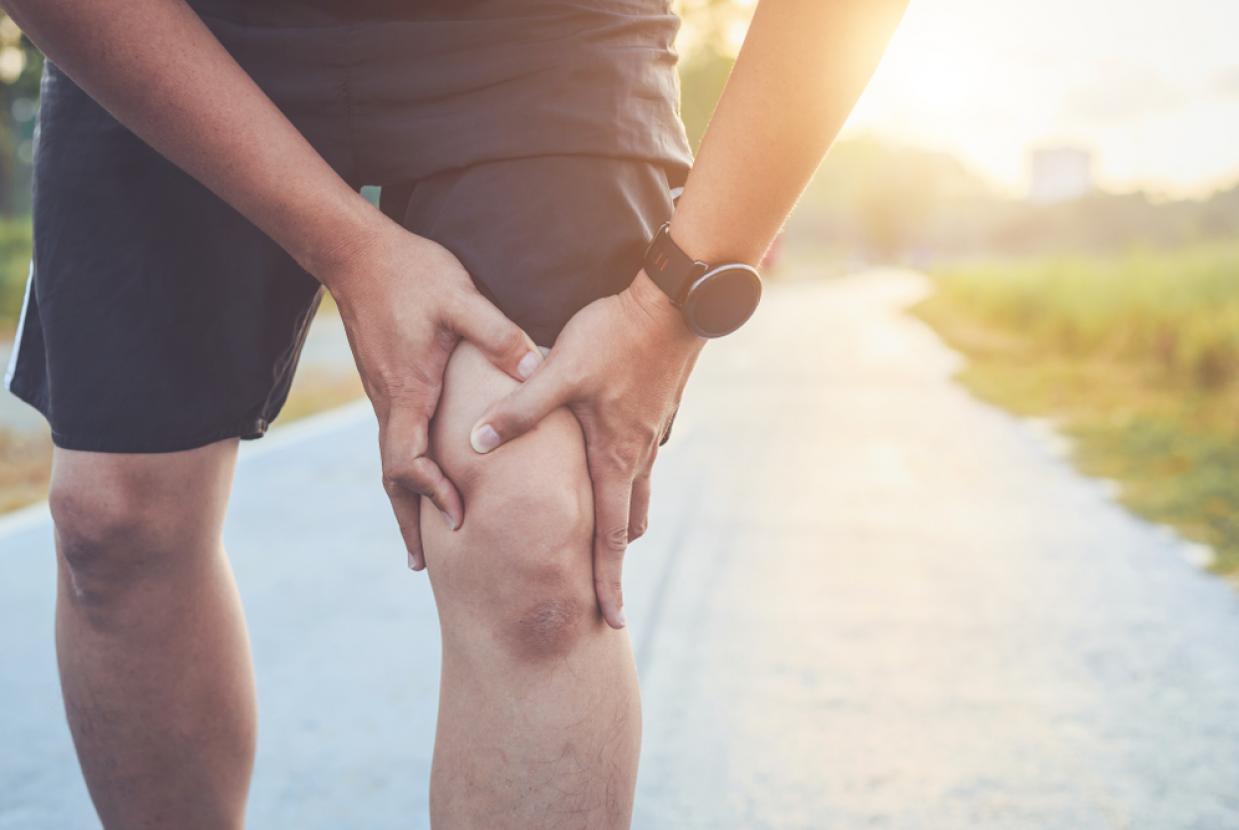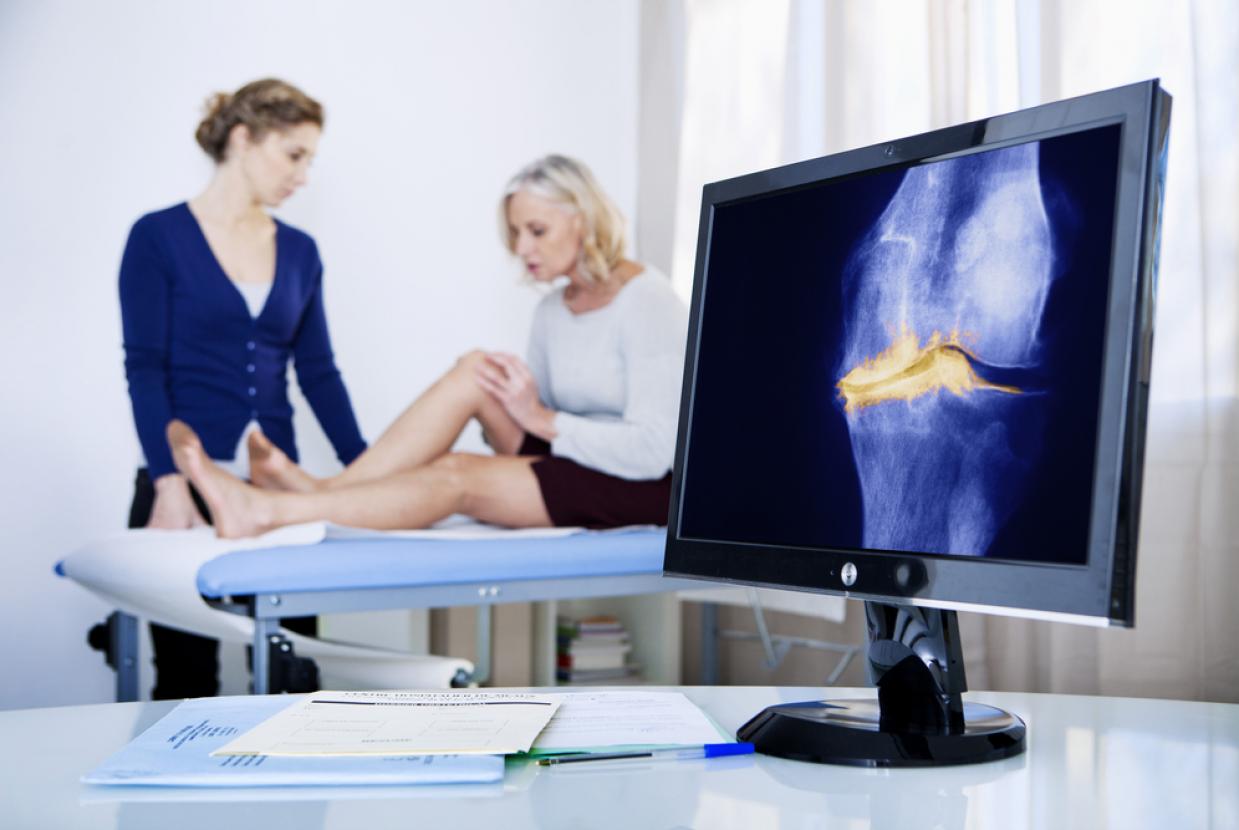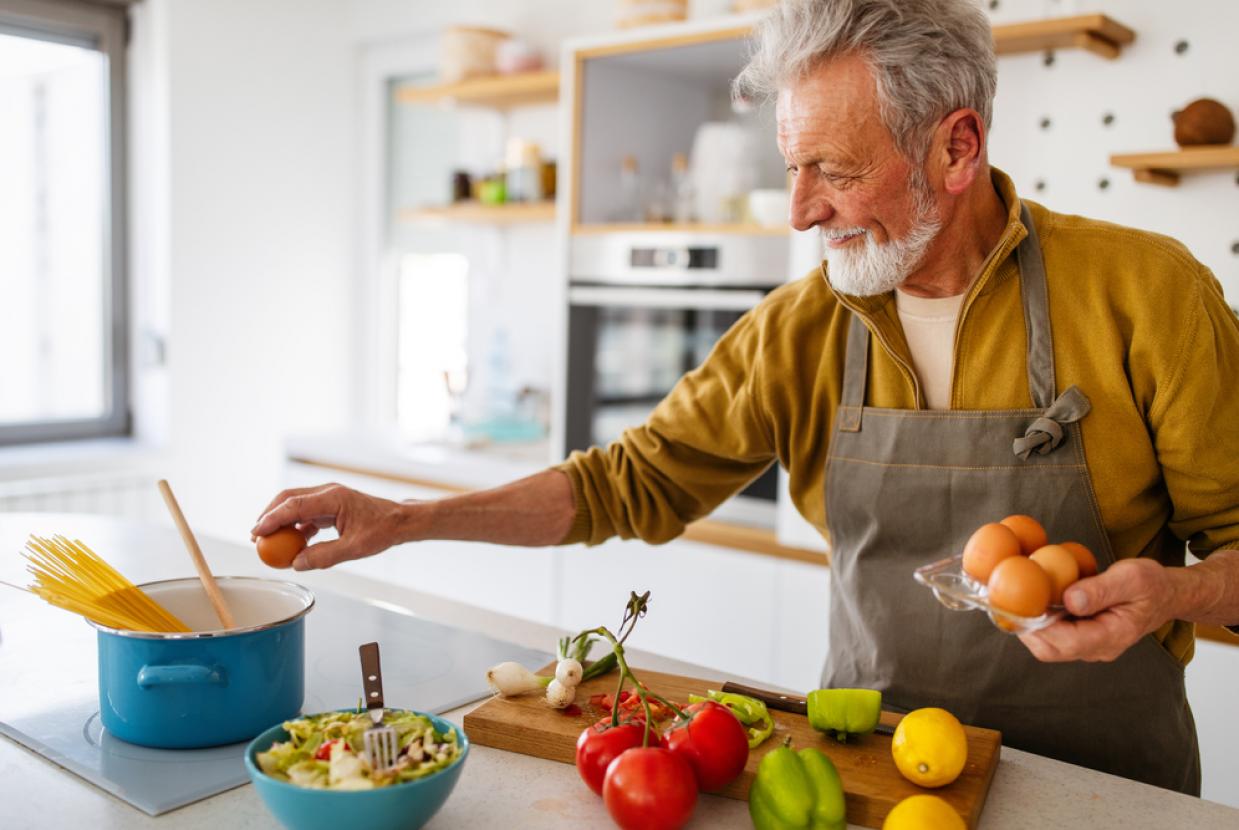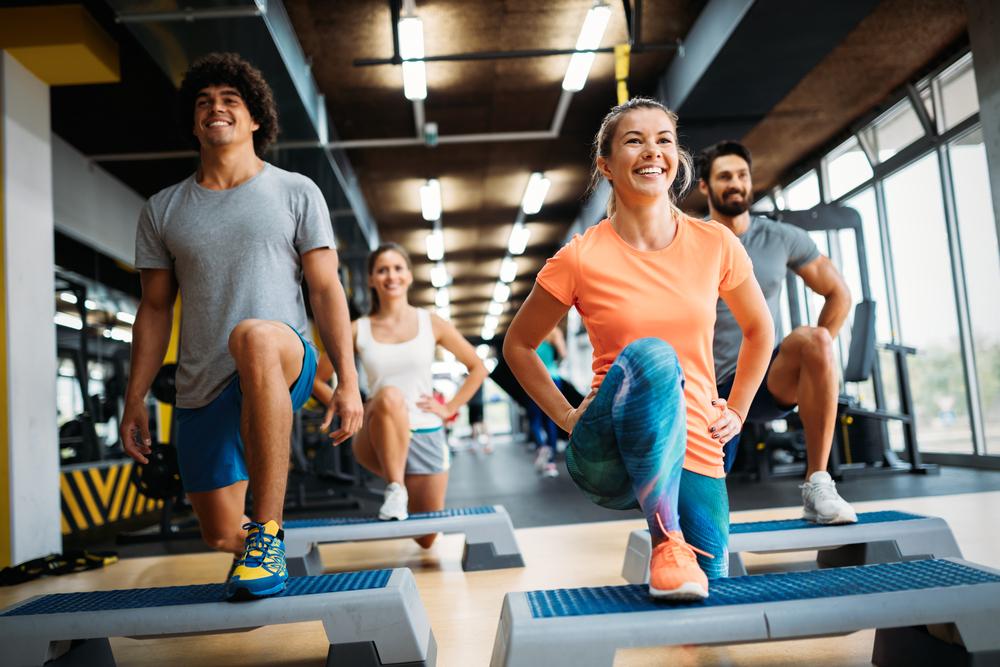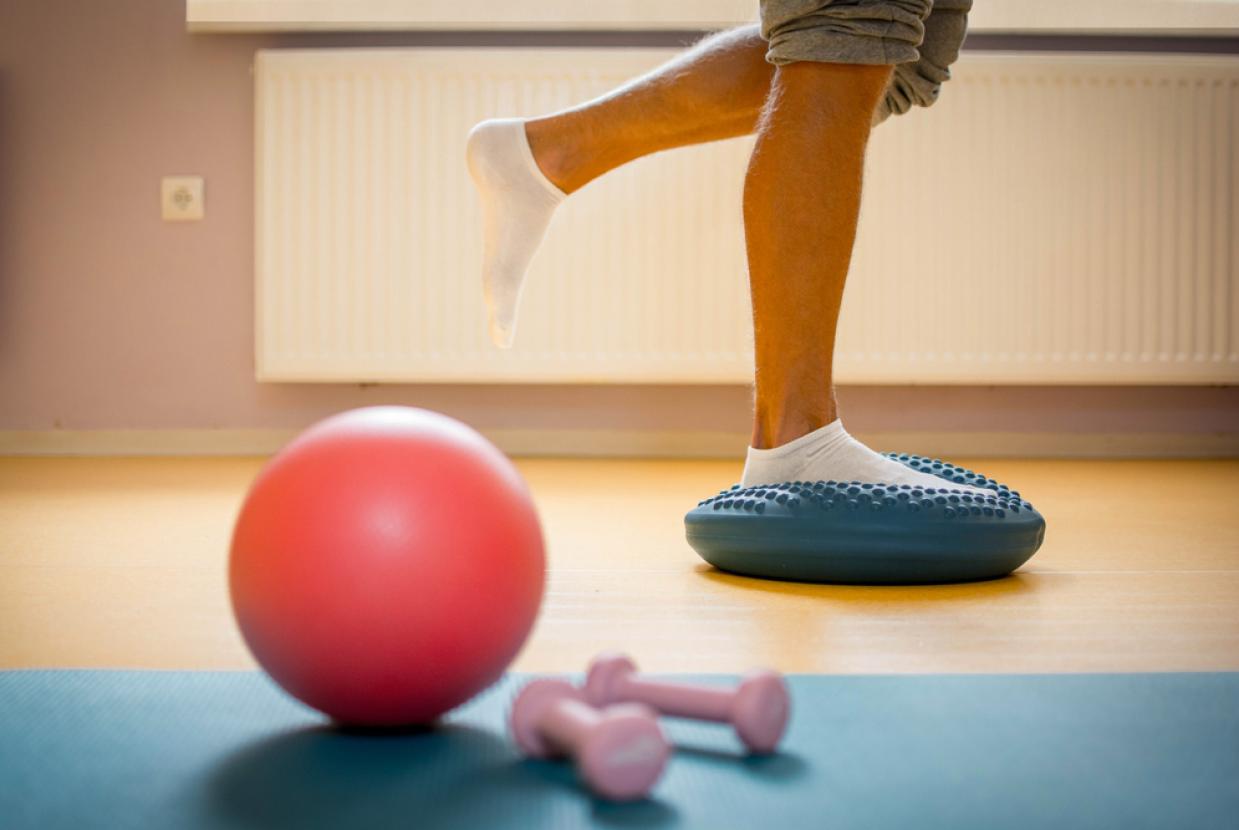Osteoporosis
Osteoporosis affects 3.5 million people in the UK. It is a condition in which bones lose their strength and are more likely to break (fracture), usually following a minor fall. Fractures caused by osteoporosis can happen in various parts of the body, they occur most often in the wrists, hips and spine. Half of women and 1 in 5 men (20%) over the age of 50 years experience fractures, mostly because of low bone strength.
Fractures associated with osteoporosis can cause significant pain and serious disability, often leading to a reduced quality of life. For example, hip fracture needs treatment at hospital and is linked with lower life expectancy.
Bone Basics
Did you know that bone is a living tissue? It changes constantly, with bits of old bone removed and replaced by new bone. You can think of bone as a bank account, where you make “deposits” and “withdrawals” of bone tissue.
During childhood and teenage years, much more bone is deposited than withdrawn, so the skeleton grows in both size and density. The amount of bone tissue in the skeleton is known as bone mass. Up to 90% of the peak bone mass you will have in your lifetime is developed by age 18 years in girls and by age 20 years in boys, so it is important to “invest” in your bone health even at an early age.
Bone mass reaches its ‘peak’ in our late 20s, but the level of bone mass reached varies from person to person. Bone mass begins to fall in both sexes around the age of 35 years. In women, there is a phase of fast bone loss in the 10 years or so following the menopause (when monthly periods stop). This is because after the menopause the level of oestrogen hormone, which protects bones, falls. The decrease then slows but continues throughout the post-menopausal years.
The higher the peak bone mass we can get as a young adult and the slower the loss of bone mass in later adulthood, the better. This is partly determined by your genetics, but diet and lifestyle can play a part.
Can we reduce our risk of osteoporosis?
Many risk factors can lead to bone loss and osteoporosis. Some of these things you cannot change like:
- your genetics - osteoporosis tends to run in families, if a family member has osteoporosis or breaks a bone, there is a greater chance that you will too.
- your gender: women are more at risk.
- your age: older people are more at risk.
- your ethnicity - White and Asian women are at the highest risk. Black and Hispanic women have a lower risk.
But there are other things that you can change, and there are many steps you can take to help keep your bones healthy.
To help keep your bones strong and slow down bone loss, you can:
- take regular exercise (you can find more information on the National Osteoporosis Society website)
- not drink alcohol in excess or smoke
- maintain a healthy weight - being underweight may increase the risk. Osteoporosis is more common in anorexia nervosa (an eating disorder where a person keeps their weight as low as possible).
Eat a diet rich in calcium and vitamin D
A healthy diet with enough calcium and vitamin D throughout life is important for bone health. Find out more about the food sources of these nutrients in our resources Calcium Counts and Vital Vitamin D below.
Other nutrients for bones
There are many other nutrients including protein, vitamin K, magnesium and zinc that play a part in maintaining normal bones. These nutrients are all readily available from a balanced diet and, if you eat a wide range of foods from all the main food groups, it is likely that you will be getting enough and do not need to take supplements.




